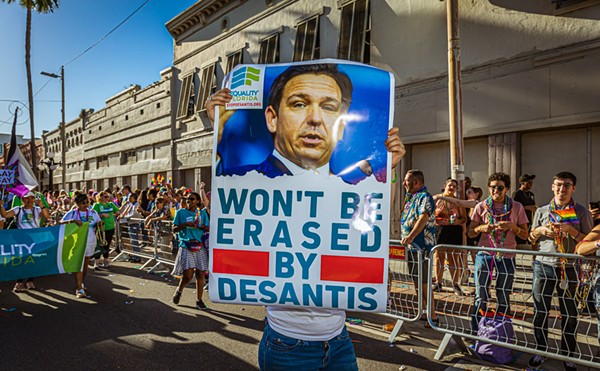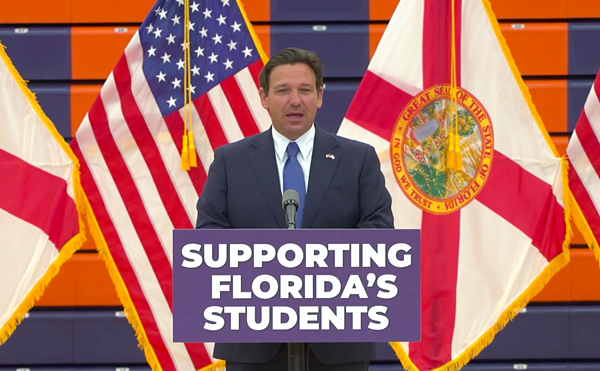Red light cameras still might be coming to Tampa, but it will take a new City Council to make that decision.
The current council today deadlocked 3-3 on a proposal to approve a three-year contract with a private vendor to operate red-light cameras to at least 20 intersections that the TPD have determined are where such cameras are most needed.
Tampa Police Major John Bennett came before the Council to encourage them to approve the contract, saying it would benefit public safety. He said the worst intersection where red light violators have led to crashes was at 40th Street and Hillsborough Avenue (based on data accumulated between 2008-2010).
Over the years, such cameras have become controversial in jurisdictions throughout the country, and one council member, Curtis Stokes, voted against the proposal based an argument that some critics have made in the past.
After hearing the top 20 areas in the city that have had the most crashes based on red light violators, Stokes quickly determined that 40 percent of them were in minority neighborhoods, and felt that with the money going into the general fund, it would be an unfair tax hitting minority citizens disproportionately.
But council member Charlie Miranda's opposition wasn't based on the idea of having such red light cameras - he said he simply objected to where the money the city would get out of each individual fine would go to (Bennett explained that the fine for such a violation would be $158- with nearly half of it going to the vendor, American Traffic Solutions, and $75 going to city). Bennett explained it would be funneled into the city's general fund.
But Miranda said that wouldn't work for him, and that he wanted the monies to go directly to intersection improvement.
Miranda also said he'd like to have data on how effective the red light cameras have been since Hillsborough County began deploying them last November.














